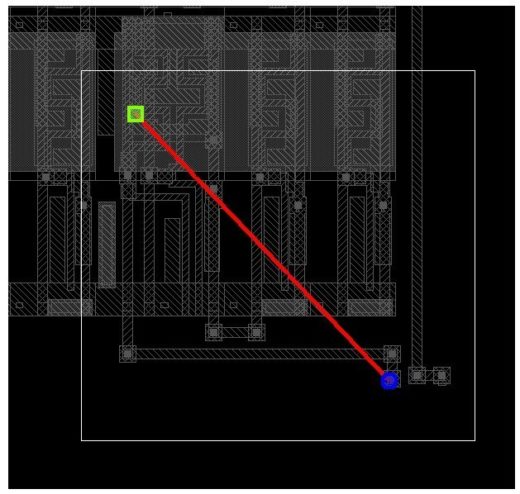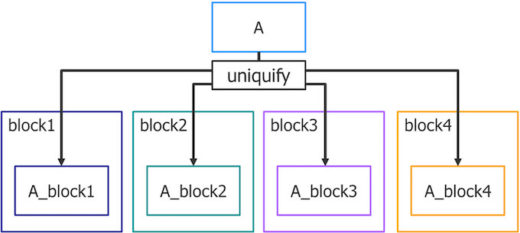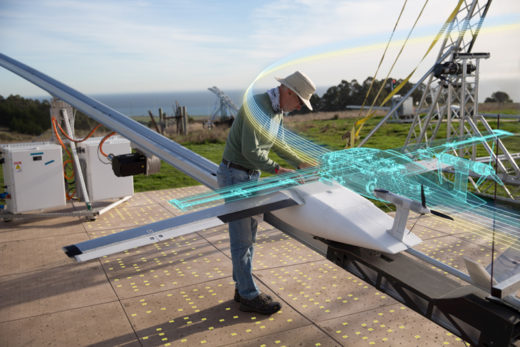Article Roundup: Accelerate P2P Resistance Debug, Digital Twins for AVs, Optimizing SoC Design Databases, Design for the Intelligent Edge & Medical Delivery Drones
- Speed Up P2P Resistance Debugging With Selective Highlighting
- Digital twin to go the distance
- Optimize your database with duplicate data deletion
- HW/SW Design At The Intelligent Edge
- Rescue from the sky
Speed Up P2P Resistance Debugging With Selective Highlighting
SemiEngineering
 Point-to-point (P2P) resistance simulations are critical to verifying the robustness and reliability of an IC layout through electrostatic discharge (ESD) analysis and other reliability checks. Growing IC design layout complexity is making it much harder to debug P2P resistance violations. Using filters to remove unnecessary layout data can help accelerate debug by focusing on areas with high resistance.
Point-to-point (P2P) resistance simulations are critical to verifying the robustness and reliability of an IC layout through electrostatic discharge (ESD) analysis and other reliability checks. Growing IC design layout complexity is making it much harder to debug P2P resistance violations. Using filters to remove unnecessary layout data can help accelerate debug by focusing on areas with high resistance.
Digital twin to go the distance
New Electronics
Three years ago, Toyota’s CEO predicted that autonomous vehicles would require the equivalent of nine billion miles of testing to be fully verified and validated. Since then it has become clear that virtual testing methods will be crucial to reaching this goal. This article discusses how design automation vendors are working to provide the robust simulation tools needed to deliver high fidelity simulations for autonomous vehicle verification.
Optimize your database with duplicate data deletion
Tech Design Forum
 SoC design databases have steadily increased in size and encumbrance as many teams and companies contribute data. Even with compressed formats such as OASIS or GDSII, unwanted duplicate cells can make their way into the final SoC database. Learn how to remove them in this article.
SoC design databases have steadily increased in size and encumbrance as many teams and companies contribute data. Even with compressed formats such as OASIS or GDSII, unwanted duplicate cells can make their way into the final SoC database. Learn how to remove them in this article.
HW/SW Design At The Intelligent Edge
SemiEngineering
The intelligent edge is rapidly moving beyond the now ubiquitous sensor-based IoT device to include autonomous vehicles, automated factories, and more. Key similarities between these applications are connectivity, partitioned data processing, and an increasing responsibility for analytics management. Deciding what data should be processed at the edge, what should be sent back to a data center, and how to manage power consumption are key challenges moving forward.
Rescue from the sky
CAD & Ritnytt
 Zipline International Inc. builds drones to help deliver medical supplies to isolated communities in hard-to-reach areas. To help reduce the cost to manufacture these drones, Zipline uses advanced design and simulation solutions that facilitate cross-domain collaboration. These solutions enable early flight tests to optimize drone weight, thermal performance, and more, all in the service of making the drones more effective at delivering critical medical supplies.
Zipline International Inc. builds drones to help deliver medical supplies to isolated communities in hard-to-reach areas. To help reduce the cost to manufacture these drones, Zipline uses advanced design and simulation solutions that facilitate cross-domain collaboration. These solutions enable early flight tests to optimize drone weight, thermal performance, and more, all in the service of making the drones more effective at delivering critical medical supplies.